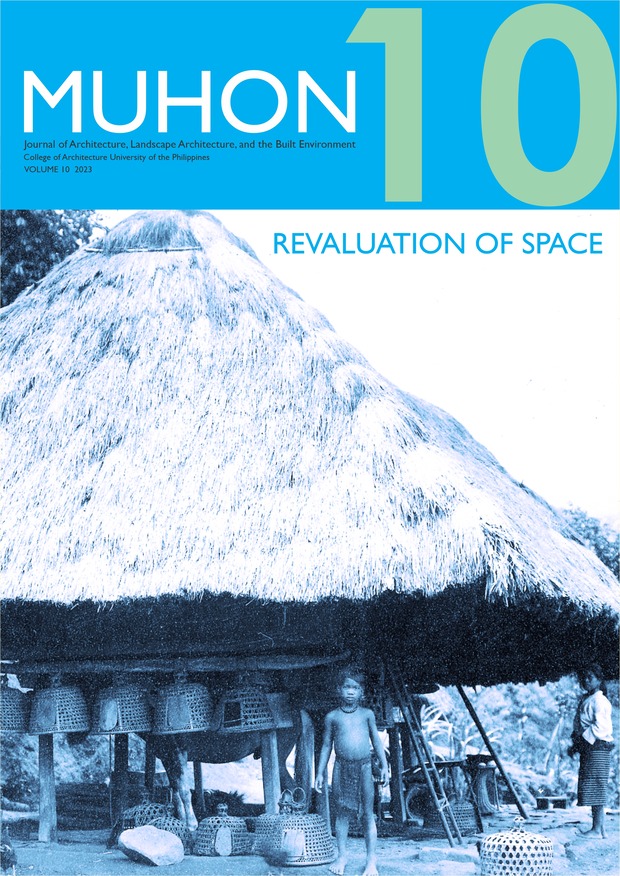Pining for Baguio Greens
The Benguet Pine’s Relevance in the Public Perception of Green Open Spaces in Baguio City
Abstract
Known for being the City of Pines, Baguio has created a reputation as recreation refuge from the hustle and bustle of Metro Manila and other neighboring urban centers. But because of its cool climate and popularity as a tourist destination, Baguio in itself is deluged with impending problems of urbanity and development. Spaces that were previously green are continuously converted into built areas.
A few years ago, an issue arised regarding the conversion of a popular mall’s open space planted with the fully grown specimens of Baguio’s tree symbol—the Benguet pine or Pinus kesiya. The space was to be converted into an additional building wing, which drew strong reactions from concerned residents and environmental groups. The conversion was conducted and that resulted to mixed reactions regarding the importance of the pine tree in Baguio’s remaining open spaces.
The research explores the perception of Baguio space users on the state of its urban green open spaces and qualify the importance of the symbolic Benguet pine’s presence in urban green, hence this research aimed to know more about this matter.
First, some architects and other design professionals were consulted as prequalification to enumerate which Baguio open spaces are perceived as green open space. They were also inquired which of these spaces exhibited the most distinct presence of the iconic pine tree. Ten parks and public spaces were short listed.
A survey regarding the 10 prequalified Baguio City open spaces and the Benguet pine was then formulated and disseminated to people who are familiar with Baguio, mostly residents, through an online platform. Results showed which open spaces are popularly visited and perceived green by users. The same survey also indicated that the most popular and green perceived public open spaces are also said to have the most visible presence of the Benguet pine tree, indicating that in the public’s perception, the Benguet pine’s presence is particularly relevant in the major green spaces around Baguio City.
The copyright for the published work belongs to UPCA and its selected publisher. The contributor is free to publish a modified version of the same article in other publications.
The contributor guarantees that :
- the article does not infringe on the copyright or any proprietary right of any other person
- the article contains no libelous or other unlawful matter
- the article makes no improper invasion of the privacy of any other person.





